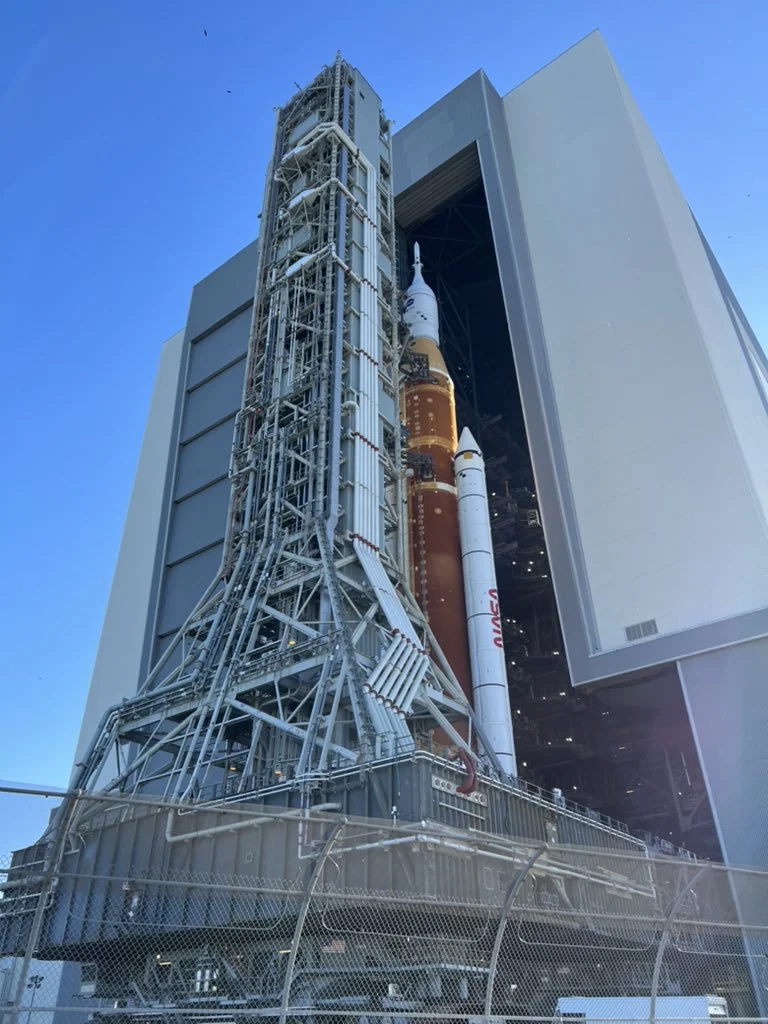NASA has rescheduled two lunar missions due to developmental and safety challenges. The American space agency’s Artemis program, aimed at returning astronauts to the moon for the first time since Apollo 17 in 1972, has encountered hurdles prompting the postponement.
Artemis I, conducted in 2022, successfully orbited the moon without a crew, utilizing NASA’s Orion spacecraft launched by the Space Launch System (SLS) rocket. Covering over 400,000 kilometers and executing a close fly-by of the moon, Artemis I received acclaim as a significant achievement.
Artemis II, initially planned for late 2024 with a crew of four aboard Orion, is now rescheduled for a September 2025 launch. The adjustment aims to address technical and safety concerns in the ongoing Artemis lunar exploration program.
Artemis III, the third mission in NASA’s lunar exploration program, is set to land astronauts on the moon, with the crew anticipated to include the first woman and the first person of color. Originally scheduled for 2025, Artemis III has now been rescheduled to launch in September 2026.
According to NASA Administrator Bill Nelson, these delays are imperative to address ongoing issues within the Artemis program. Emphasizing safety as the paramount concern, Nelson stated that the additional time will enable Artemis teams to effectively navigate and resolve the challenges.
The announcement of these postponements closely followed the successful launch of a privately-owned American spacecraft with the intent of lunar surface landing. Known as Peregrine, this moon lander, constructed by Pennsylvania-based Astrobotic Technology, was launched on January 8 using an American United Launch Alliance (ULA) Vulcan Centaur rocket.
Following Peregrine’s launch, Astrobotic officials initially celebrated it as the inaugural step towards achieving the distinction of being the first private space vehicle to land on the moon. However, soon after liftoff, a fuel leak was detected.
Despite the ongoing fuel leakage and persistent power and propulsion issues, Astrobotic has asserted its commitment to sustaining the spacecraft’s mission to the extent possible, with the goal of continuing data collection from its instruments. Regrettably, officials from Astrobotic have communicated that Peregrine is no longer anticipated to make a lunar landing.
Participating in NASA’s Commercial Lunar Payload Services (CLPS) program, Peregrine aligns with the broader initiative of outsourcing major space missions to private entities for cost efficiency. Other missions within the CLPS program, including Texas-based Intuitive Machines’ Nova-C lander set to launch next month, are dedicated to lunar landings in support of future Artemis endeavors.
Astrobotic has additionally outlined plans to dispatch another lander, Griffin, to the moon’s south pole in late 2024. Accompanied by a rover named VIPER, designed for exploring and searching for water sources on the moon, this mission represents the company’s continued lunar exploration ambitions.
Over the last decade, NASA’s endeavors to land on the moon have faced persistent delays, resulting in a substantial increase in costs, as reported by The Associated Press. Government projections indicate that the overall expenses for the program are expected to reach $93 billion by 2025.
According to information from Reuters news agency, NASA identified issues with the batteries of the Orion spacecraft during vibration tests. Engineers have indicated that it is probable the batteries will necessitate replacement.



